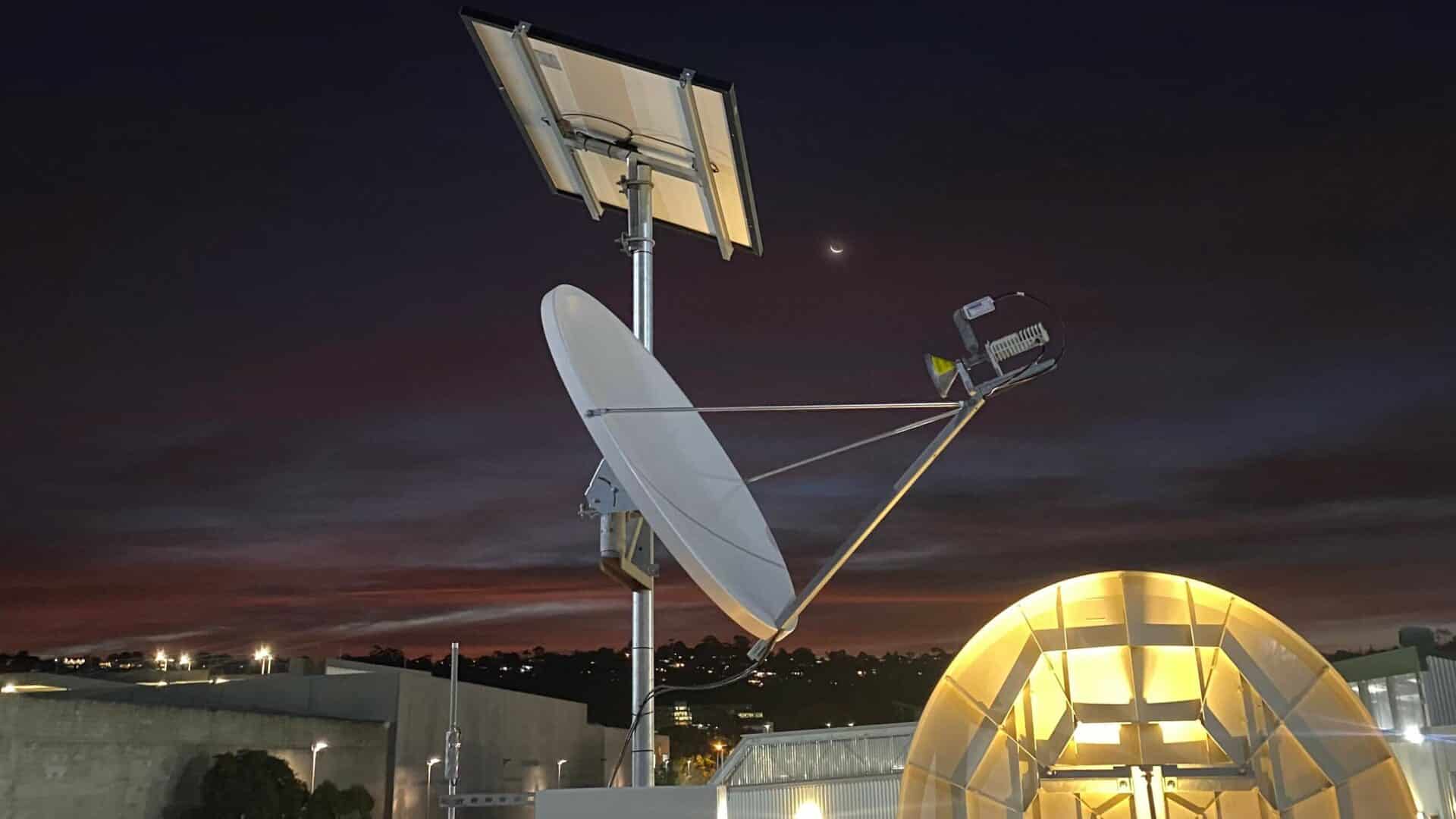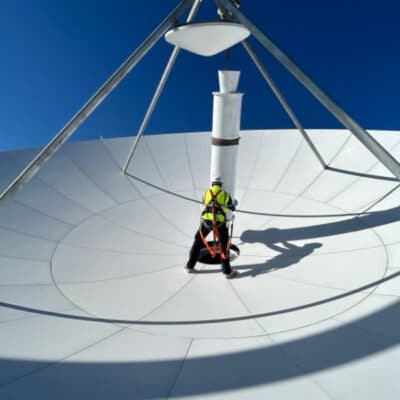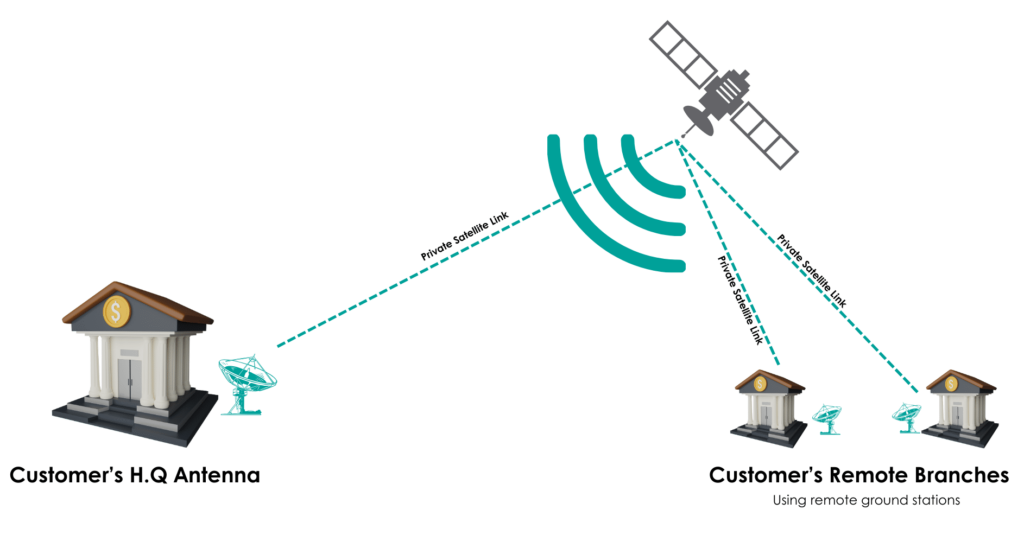Your cart is currently empty!

Private Satellite Networks Vs Satellite Internet
In today’s interconnected world, understanding the nuances between private satellite networks and satellite internet is crucial for businesses and individuals alike. While both technologies leverage satellites to provide connectivity, they serve different purposes and offer distinct advantages. Private satellite networks are often tailored for specific organisational needs, providing secure and dedicated communication channels. In contrast, satellite internet offers broader accessibility, connecting remote areas to the global internet.
This short explanation explains the key differences between these two technologies, highlighting their unique features and applications. By exploring these distinctions, readers can make informed decisions about which solution best meets their connectivity requirements. Whether you’re a business looking to enhance your communication infrastructure or an individual seeking reliable internet access in remote locations, understanding these differences is essential for optimising your connectivity strategy.
Private Satellite Network: A private satellite network refers to a satellite network that connects two or more locations to each other and do not connect to the internet.
A Private Satellite Network is used to carry organisation specific data between locations with a high level of security and where the organisations require full control over all hardware connecting the sites. Private Satellite Networks are typically described as Layer 2 or Virtual Layer 2 environments with reference to the Open Systems Interconnection (OSI) network model. Additionally, the sites may connect directly to each other, or can be configured in hub and spoke, or mesh architectures depending on latency requirements.
This network is customised for the entity’s exclusive use, offering secure, reliable, and often high-capacity communication channels. Private satellite networks are typically used by large enterprises, governments, or militaries to ensure that their communications remain secure and are not shared with other users. These networks can support various types of communications, including voice, video, and data, across large distances, such as between remote rural locations, maritime vehicles like ships or rigs, or aircraft. Private Satellite Networks are increasingly being powered by LEO constellations, offering low latencies and fibre-like speeds, making them the ideal networks for critical communications.
Satellite Internet: Satellite internet is a type of internet service that provides connectivity to users to the public internet through the use of satellites in orbit.
Unlike terrestrial internet services that rely on physical infrastructure like undersea cables and fibre, satellite internet beams data between a user’s satellite dish, a satellite in orbit, and then backdown to earth to a location that is connected to the internet such as a data centre or internet gateway.
This service is widely used in remote or rural areas where other forms of internet access, like DSL or fibre, are unavailable, and mitigates the dependency on physical infrastructure that is vulnerable to natural disasters. Satellite internet can offer broadband speeds but provide a low level of cyber security as data traverse the public internet which by its nature is shared infrastructure and susceptible to being intercepted, monitored, or tampered with.
Key Differences Between Private Satellite Network and Satellite Internet:
- Ownership and Control: A private satellite network is typically owned or leased by specific organisations for exclusive use, giving full control over the network’s operations and security. In contrast, satellite internet is a public service provided by an ISP (Internet Service Provider) and shared among multiple users.
- Purpose and Use: Private satellite networks are used for secure, high-priority communications and are often tailored to meet specific needs, such as military or corporate communications. Satellite internet is designed to provide general internet access to a wide range of users, primarily for browsing, streaming, and other common online activities.
- Customisation: Private satellite networks can be highly customised to meet the specific needs of the owner. Such customisations may include data rates, contention ratios, and maximum and committed information rates. Satellite internet services are generally standardised and offer limited customisation, focusing on providing a general-purpose connection to the internet.
- Security: Private satellite networks offer a higher level of security since the network is not shared with other users, making it suitable for sensitive communications. Satellite internet, being a public service, is less secure and requires additional security measures like encryption to protect data.
Trusted by Global Industry-Leading Brands


























